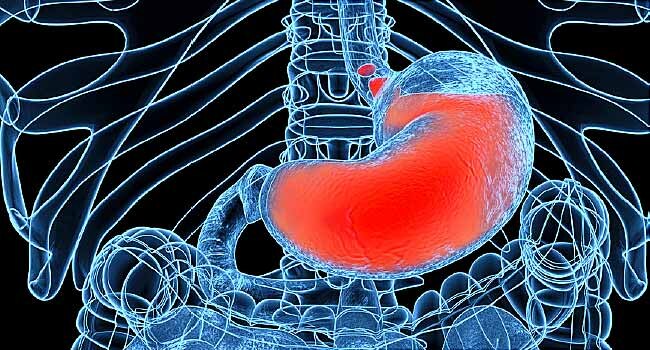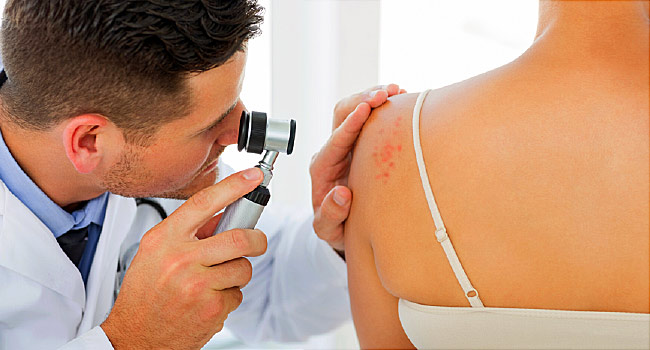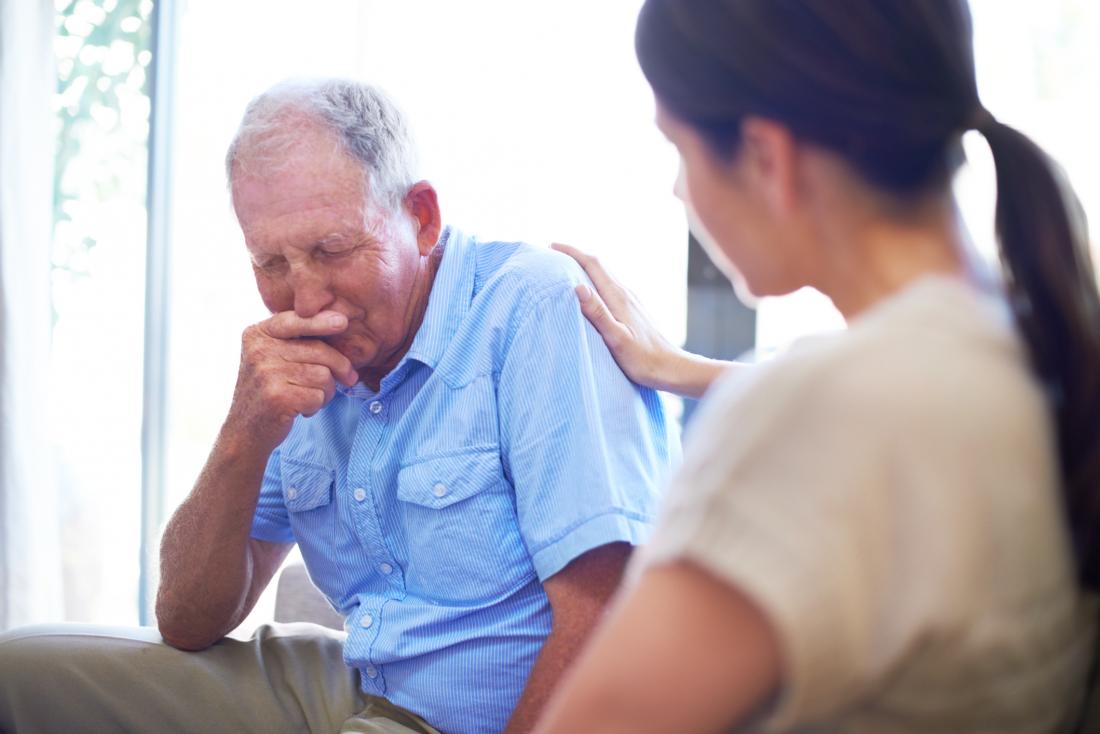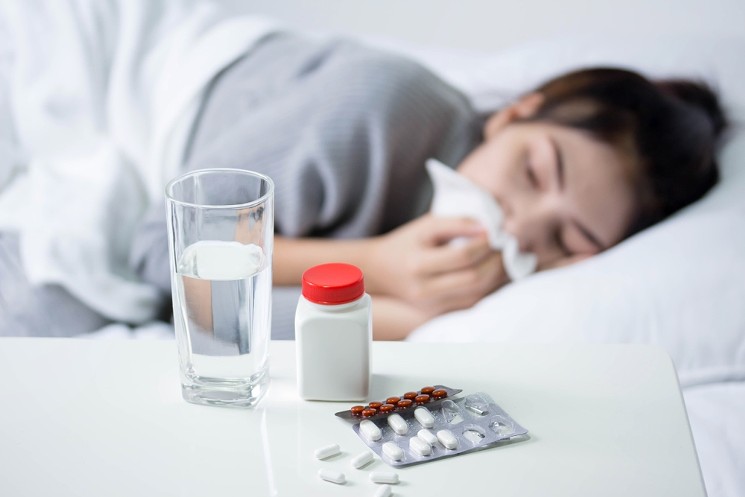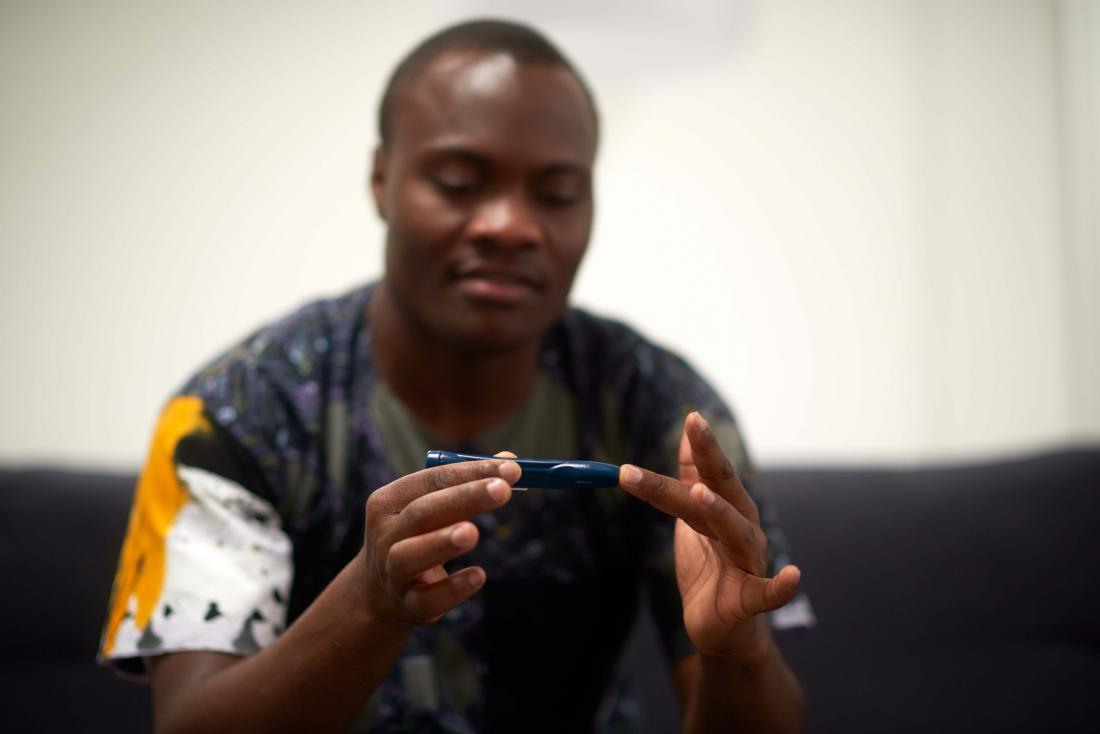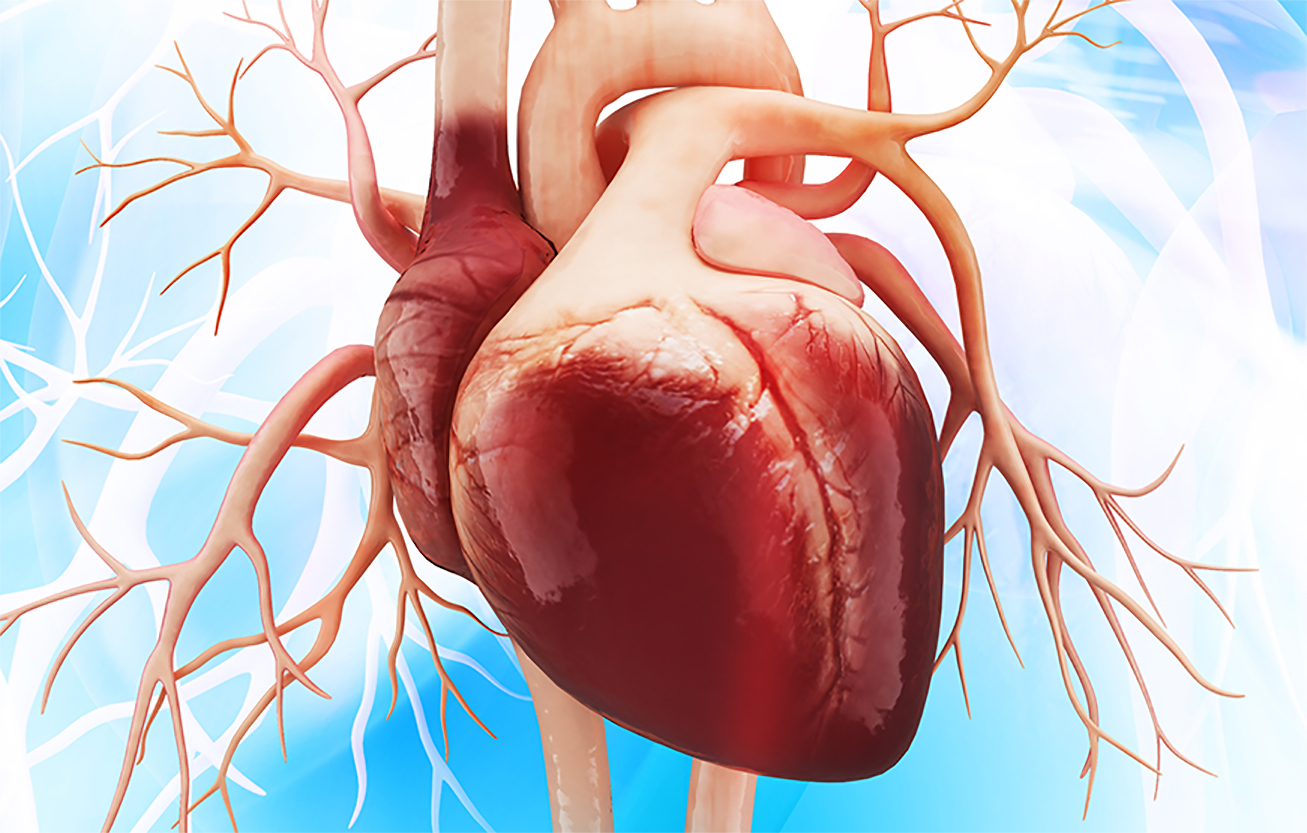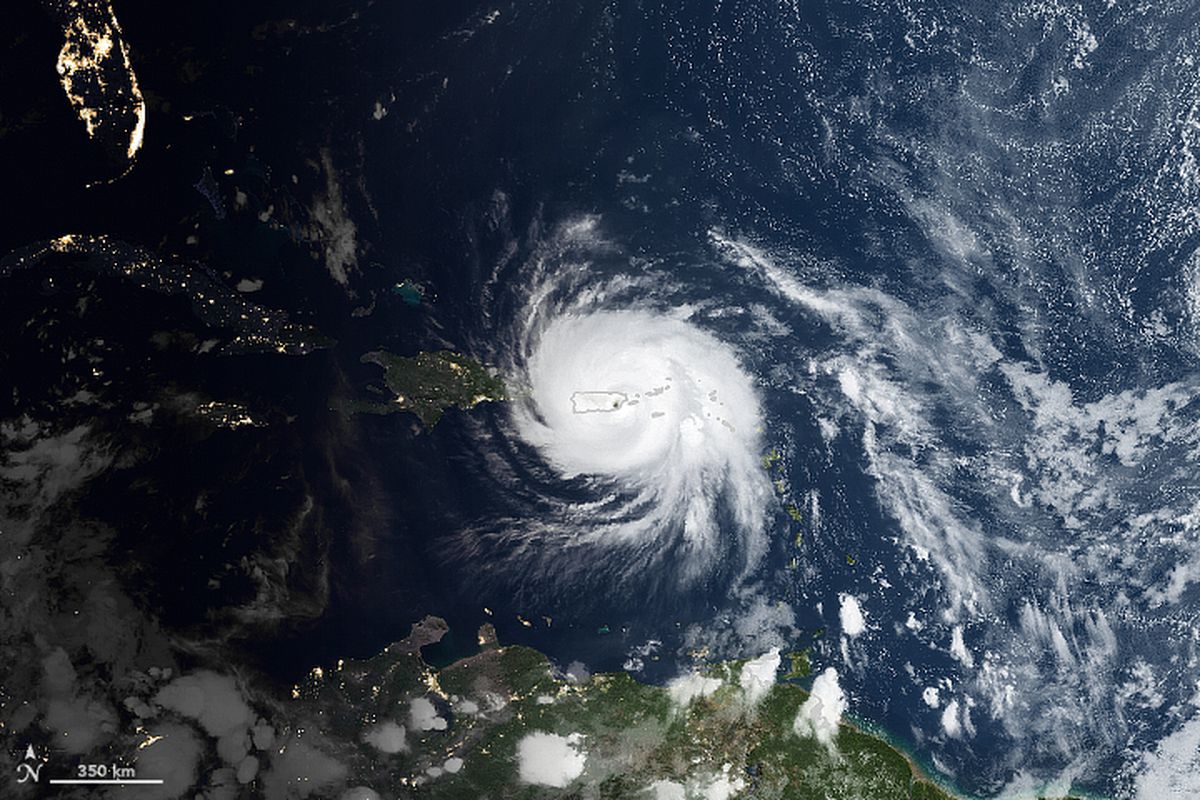With cases in 42 states and the District of Columbia, coronavirus (and COVID-19, the disease it causes) is spreading rapidly in the United States. Here’s what you need to know to protect yourself right now:
Dos and Don’ts for Everyone
DO wash your hands for at least 20 seconds, several times a day. Use soap and water or a hand sanitizer with at least 60% alcohol:
Before cooking or eating
After using the bathroom
After blowing your nose, coughing, or sneezing
DON’T touch your eyes, nose, and mouth. If you have somehow come into contact with the virus, touching your face can help it enter your body.
DO learn the symptoms, which are similar to flu:
Fever
Cough
Shortness of breath
Most cases do not start with a runny nose.
DON’T wear a mask unless you’re sick. Masks help protect others from catching the virus, but wearing one when you’re healthy won’t do much. Demand has been so high worldwide that shortages have begun. Leave the masks for people who really need them, like the sick or health care professionals.
DO consider taking extra precautions and staying out of public places if you’re over 60 years old, or have a condition, as you have a higher risk of developing the disease. Note that as of now, the highest-risk groups appear to be seniors and people with preexisting conditions like heart disease, chronic respiratory diseases, and diabetes.
DON’T travel if you have a fever. If you get sick on flight, tell crew immediately. When you get home, contact a health professional.
DO reconsider travel to affected countries, especially if you have underlying conditions. For people in a higher-risk group — seniors and people with preexisting conditions — the agency suggests postponing nonessential travel. It also suggests everyone avoid cruises. Find the latest advisories here.
DON’T panic. At this point, public health officials still say the risk of becoming infected with COVID-19 is low. Taking proper precautions — wash your hands! — and making preparations are the best things you can do.
DO get ready to hunker down. The World Health Organization has now declared COVID-19 to be a pandemic. If someone in your home gets sick, local authorities may want you to be quarantined for up to 14 days. Make sure you have enough shelf-stable food to last that long, as well as prescription medications for anyone in the family, other health supplies such as over-the-counter pain relievers, and disinfectants to clean household surfaces.
A government web site also suggests keeping a 2-week supply of food and water in the case of a pandemic and having copies of electronic health records.
DO practice “social distancing”: Avoid large gatherings and crowds in poorly-ventilated spaces, and try to stay at three to six feet away from anyone who’s coughing or sneezing.
DON’T skip the flu shot. The symptoms of COVID-19 and flu overlap enough that it can complicate diagnosis. If you’ve had a flu shot, you’re less likely to catch the flu or have a case serious enough to require treatment.
DO prioritize your health. Now is not the time to burn the candle at both ends, skip workouts, or ignore a healthy diet—that can weaken your immune system.
DON’T avoid toys or products from Asia. Although the virus can live on surfaces for hours and possibly several days, it’s unlikely to survive the process of being moved from place to place in different temperatures and conditions.
DO check in on high-risk neighbors: older adults and people with serious chronic medical conditions. Monitor their food and medical supplies, and make sure they have people or organizations who can help if they get sick.
Dos and Don’ts When You Don’t Feel Well
DO seek help early if you have a fever, cough, and a hard time breathing. But don’t just drop into the nearest urgent care clinic. Call your doctor to find out the protocol first, to make sure you won’t spread the disease to others.
DON’T go out except to see your doctor, after calling first. And if you do have to go out, avoid public transportation, taxis, and ride-sharing.
DO cough or sneeze into the crook of your elbow or a tissue, and dispose of the tissue immediately in a covered bin. (You should be doing this whether or not you suspect COVID-19 — you don’t want to spread a common cold, either.)
DON’T hang out with your family or pets if you suspect you have the virus. In order to protect them, eat and sleep separately from them, try to stay in one room, and use a separate bathroom if possible. Yes, pets are included in the recommendations. There has been one report of a dog testing positive in Hong Kong for the virus. But officials there said they are not sure the dog is actually infected. The CDC says experts don’t know for sure whether pets can catch it.
DO wear a mask properly around others if you suspect you may have the virus — the mask itself can be a source of infection if you don’t follow the guidelines. The World Health Organization has videos on when and how to use a mask.
DON’T reach for antibiotics. If you happen to have some lying around from a previous illness, you may be tempted. But antibiotics work only on illnesses caused by bacteria, and the coronavirus is — you guessed it — a virus.
DO make sure someone in your home knows how to clean properly. Studies suggest that coronaviruses can live on surfaces for a few hours or up to several days. To reduce the chance of spreading COVID-19, wear disposable gloves to clean surfaces regularly with soap and water, followed by a disinfectant to kill the virus. Effective options include a bleach solution of 5 tablespoons per gallon/4 teaspoons per quart of water, solutions with at least 70% alcohol, or one of the EPA-approved items on this list.


